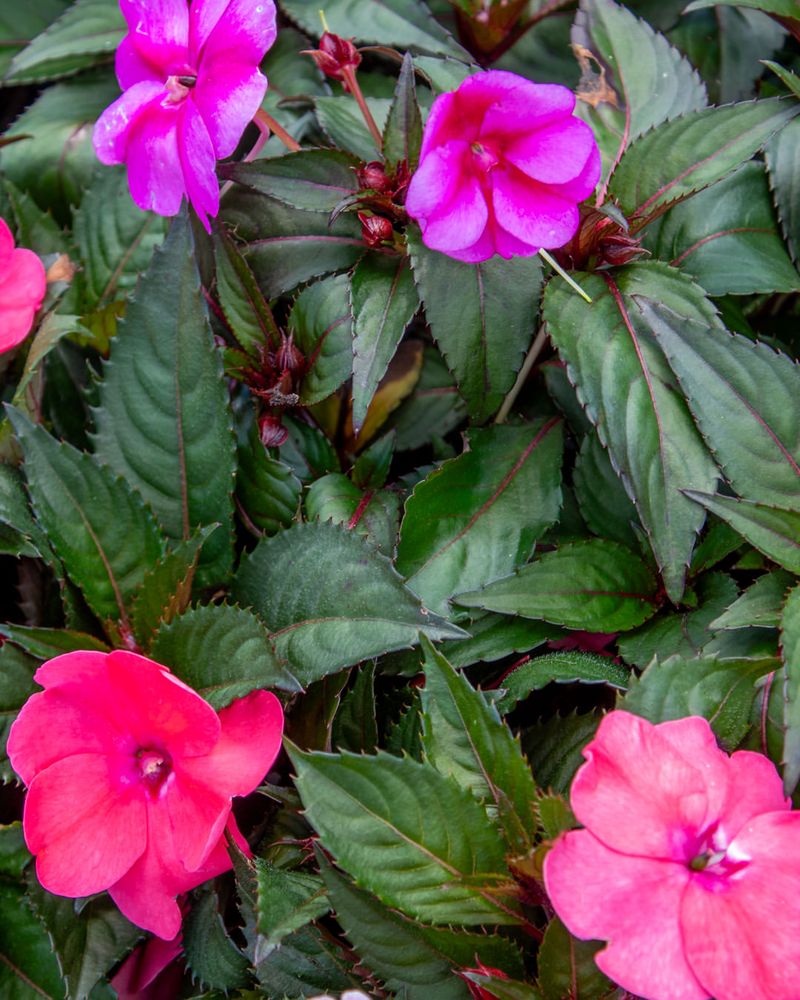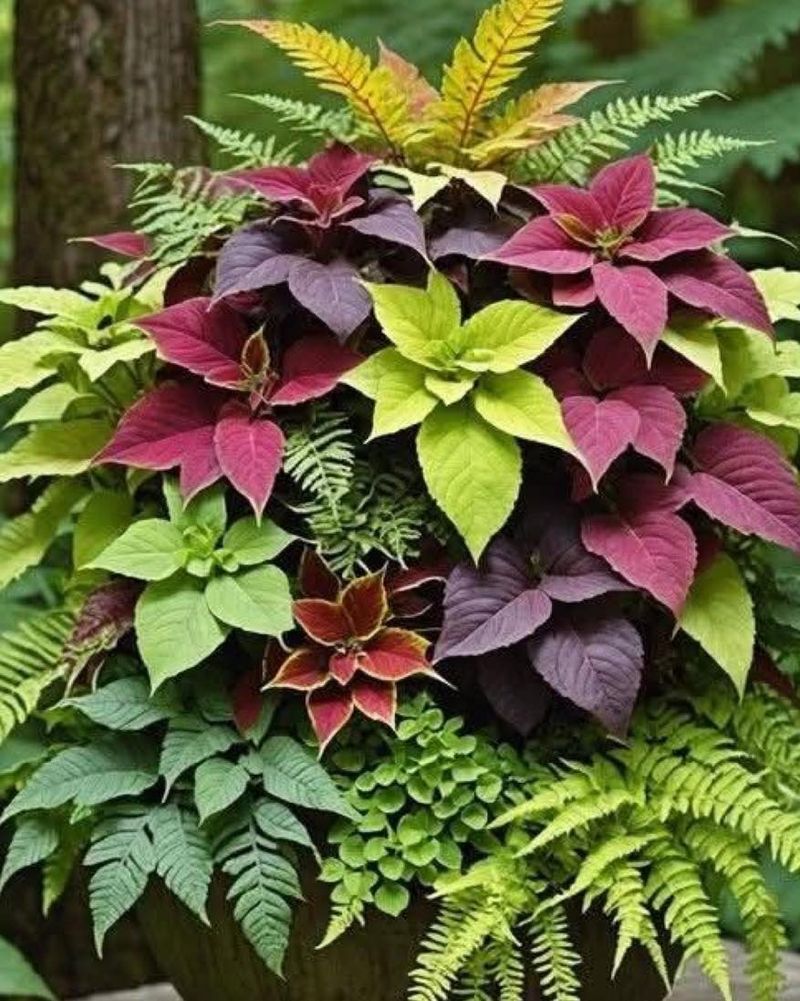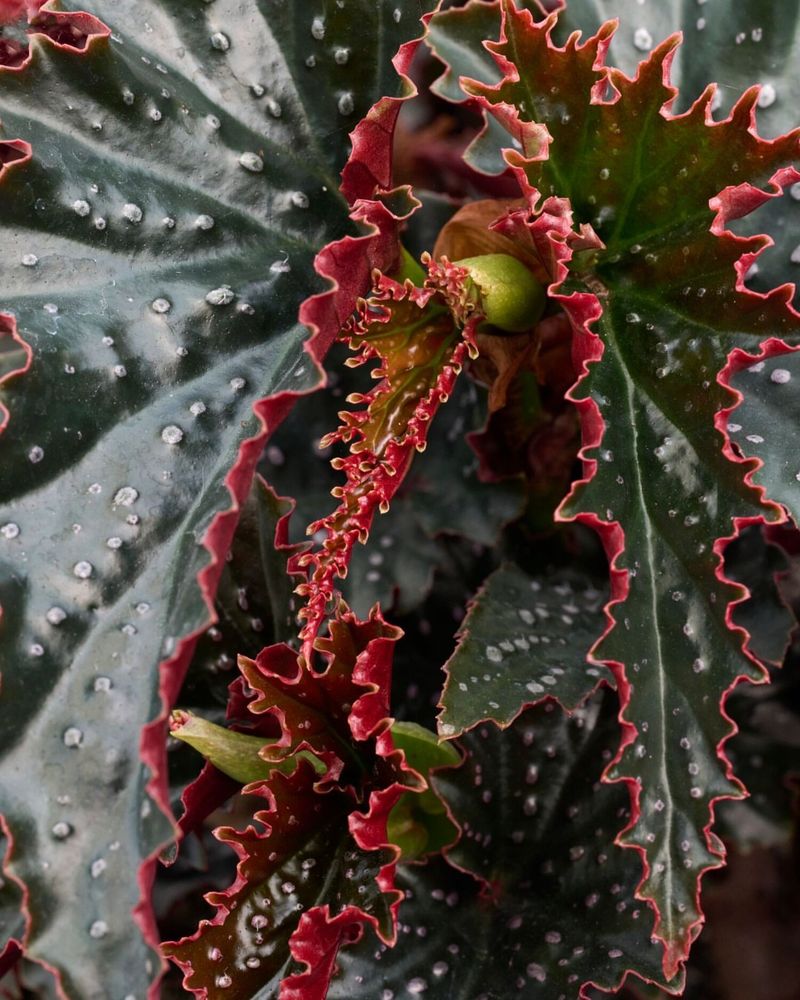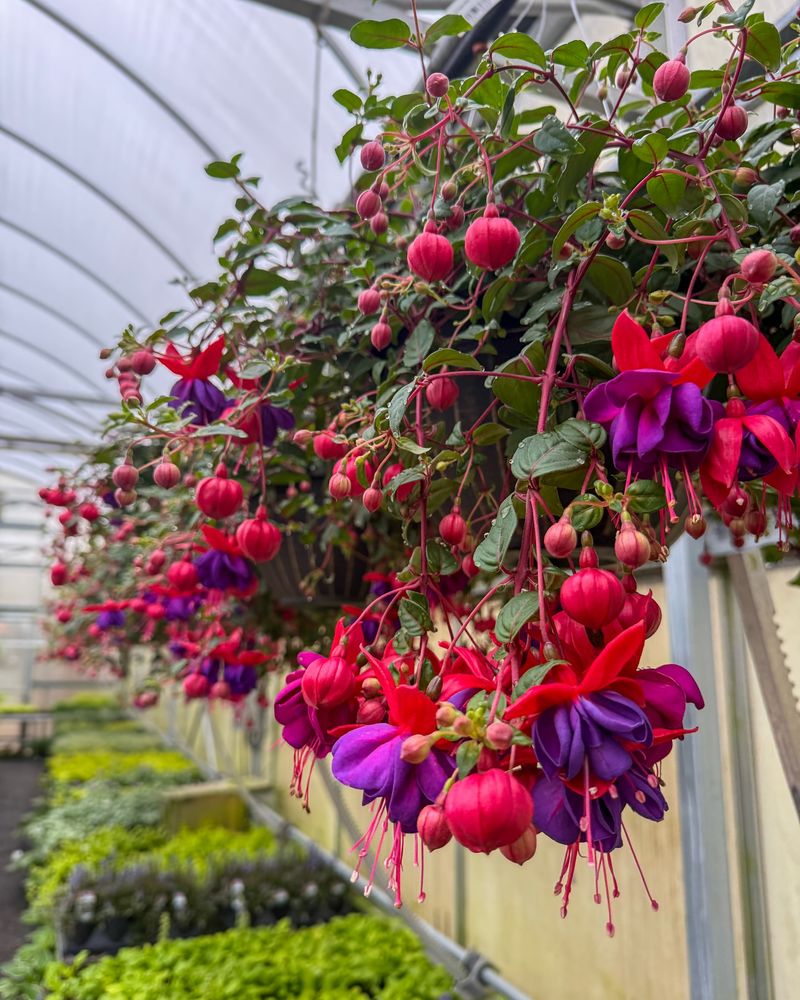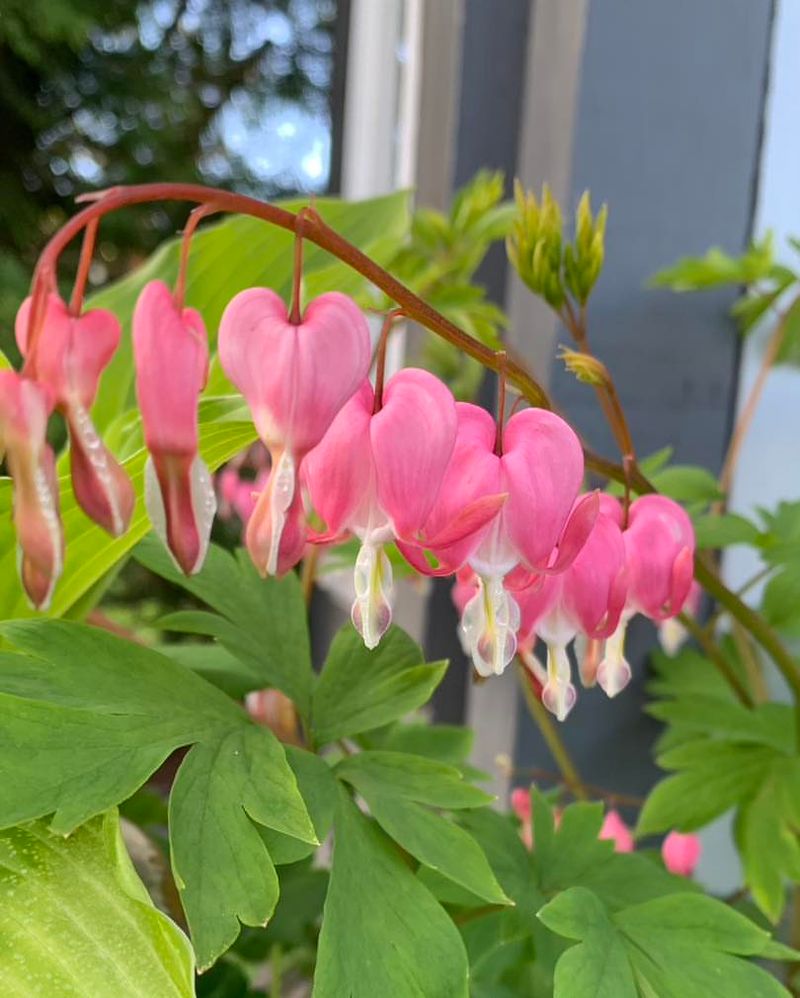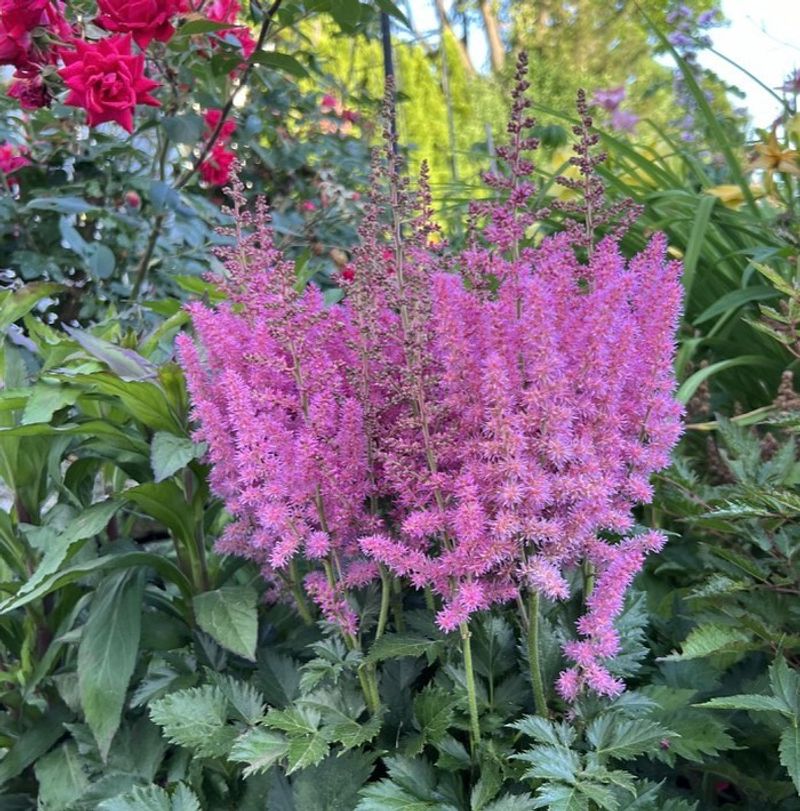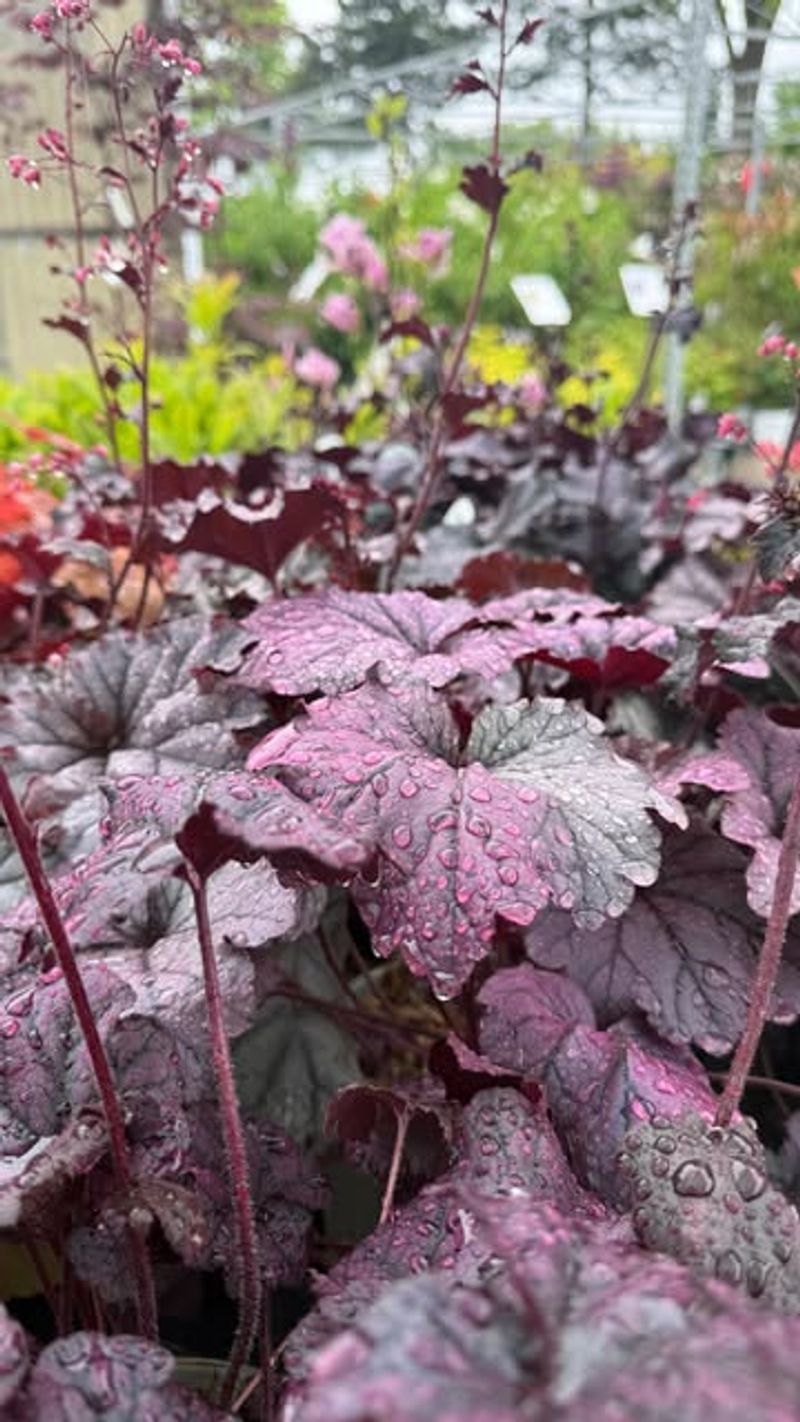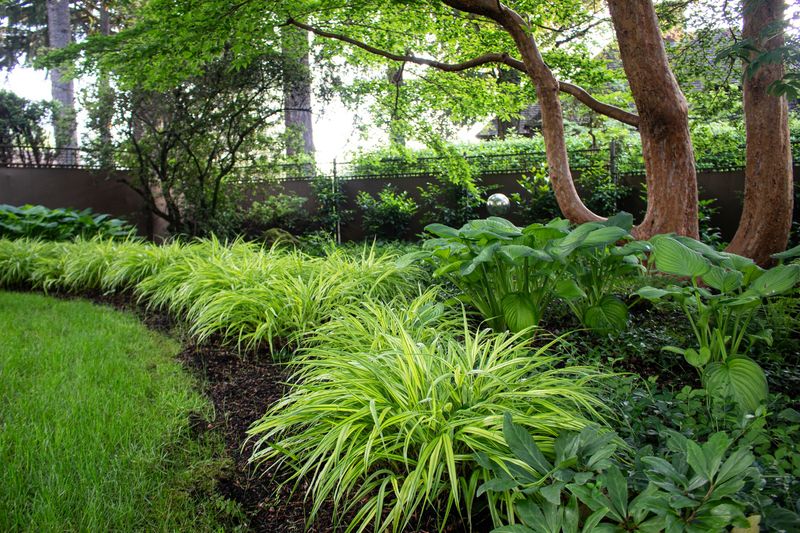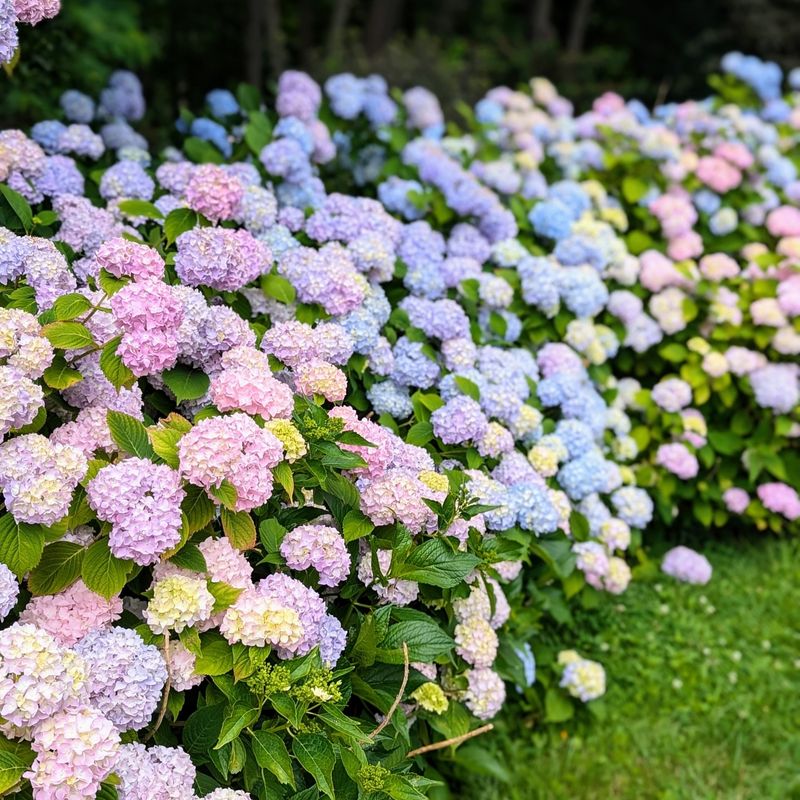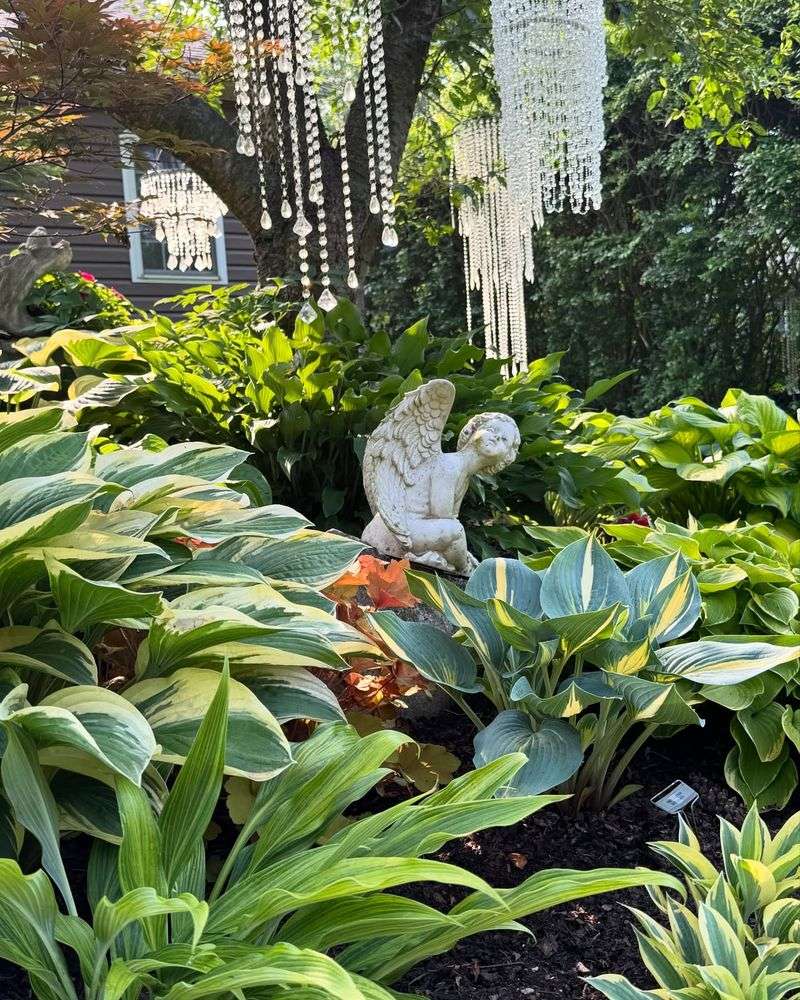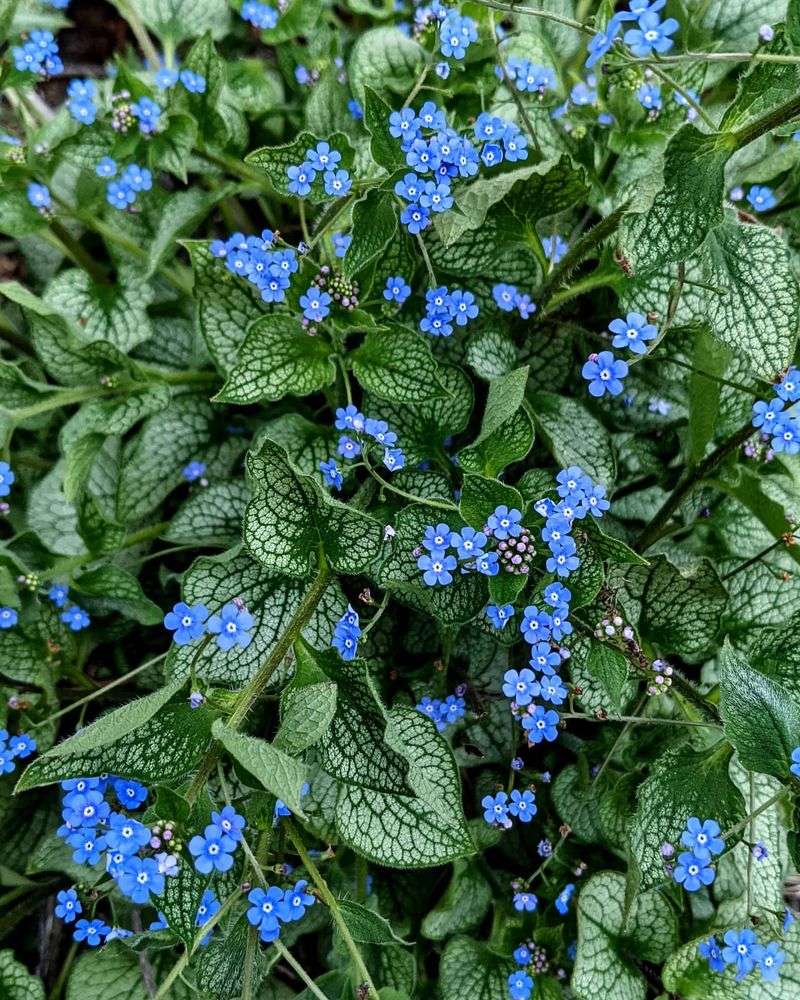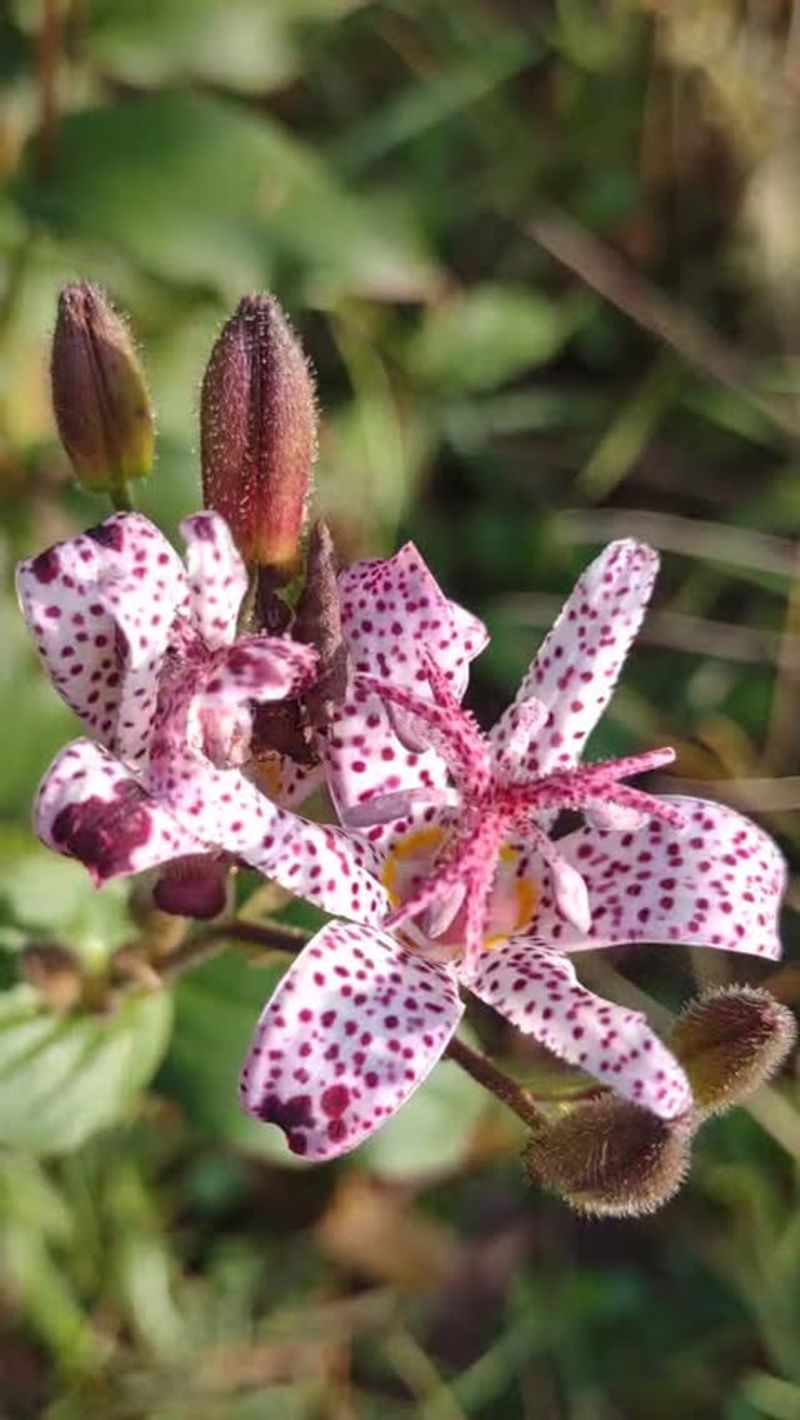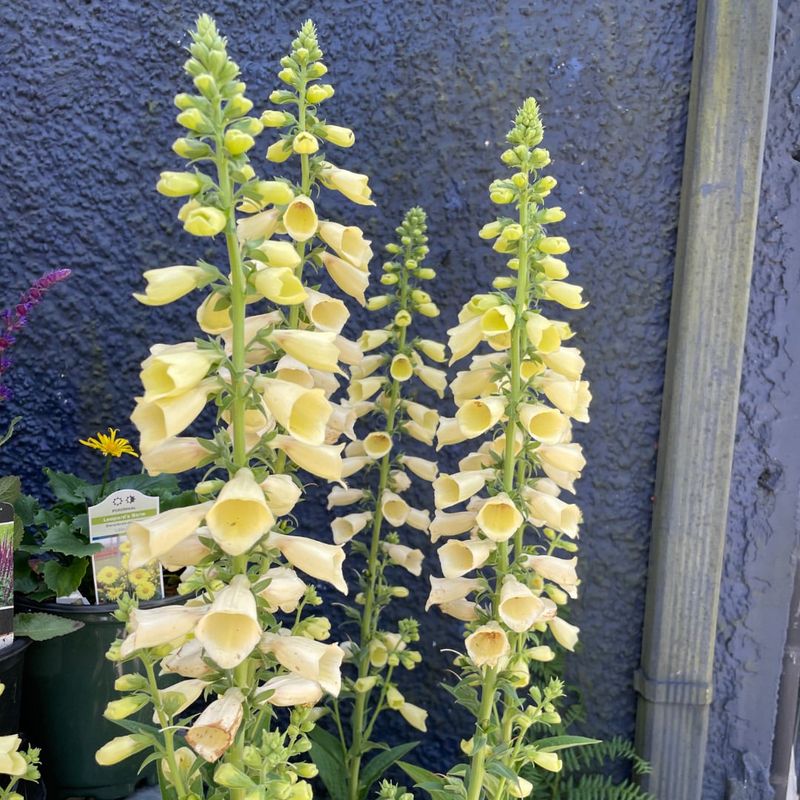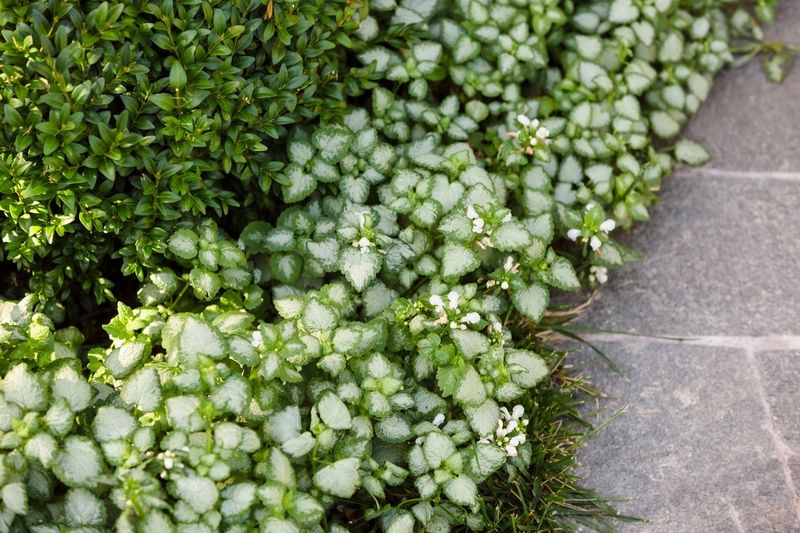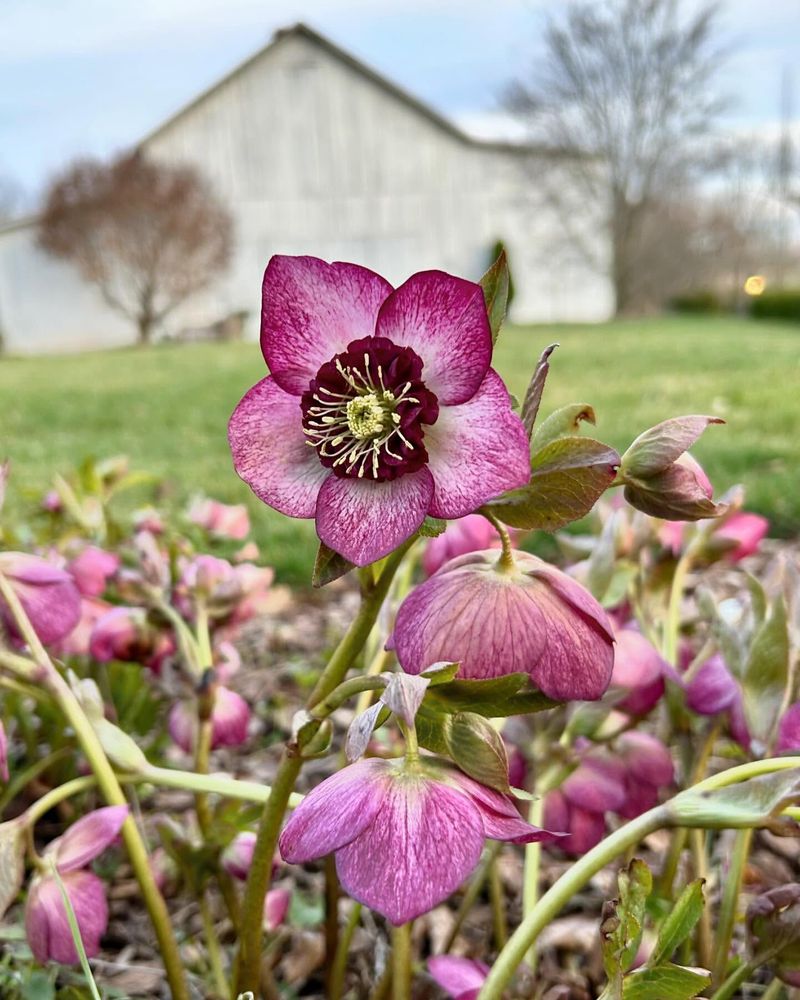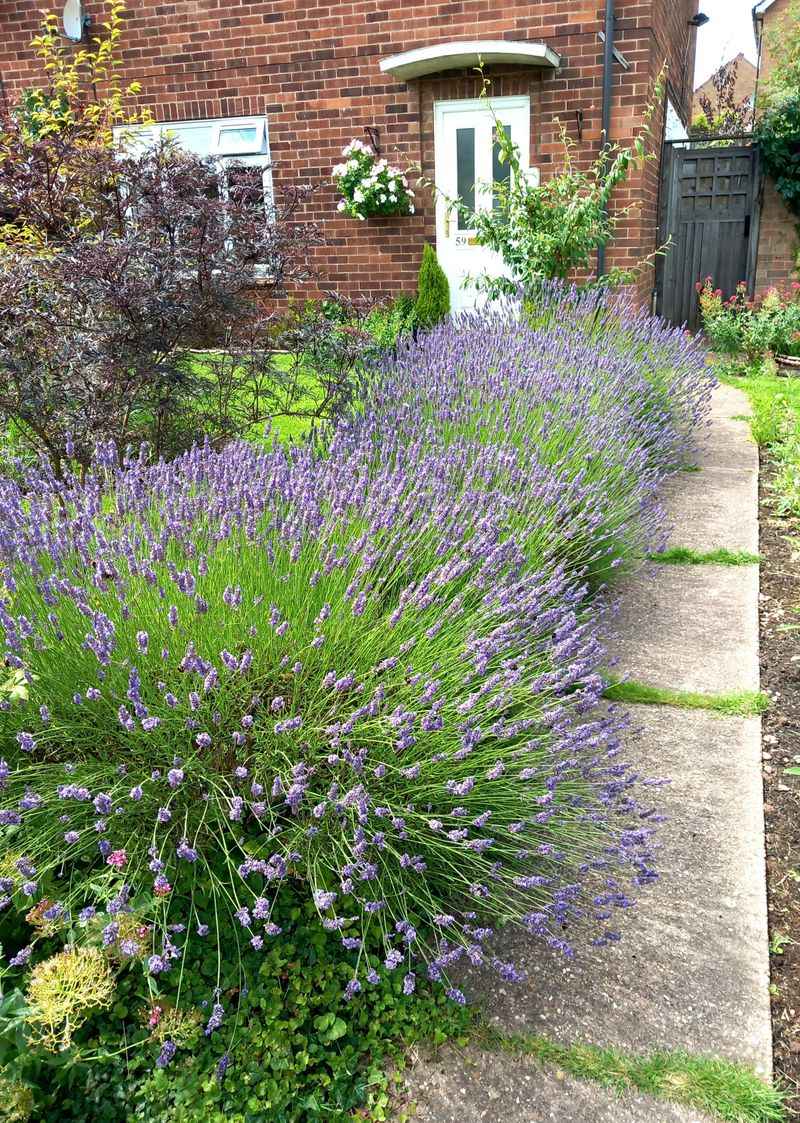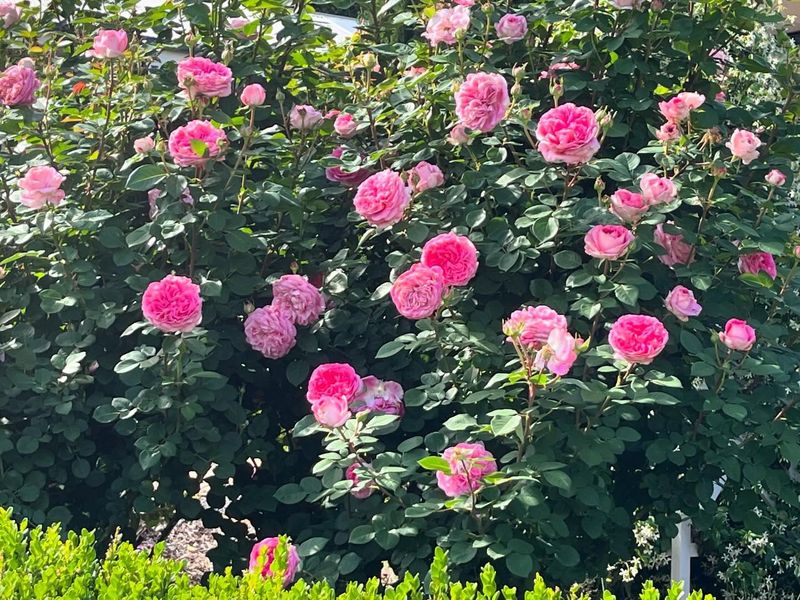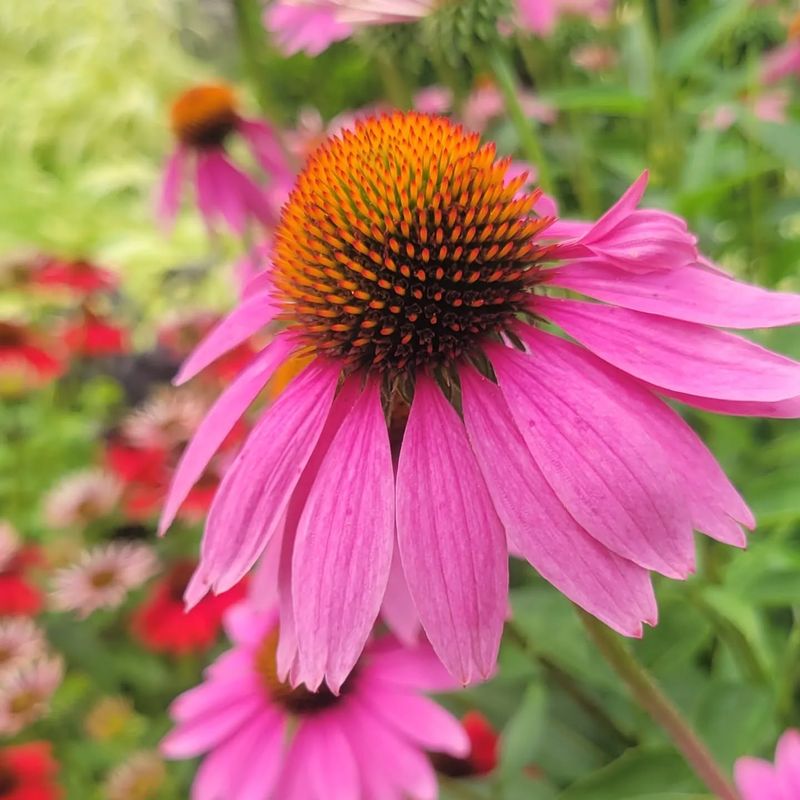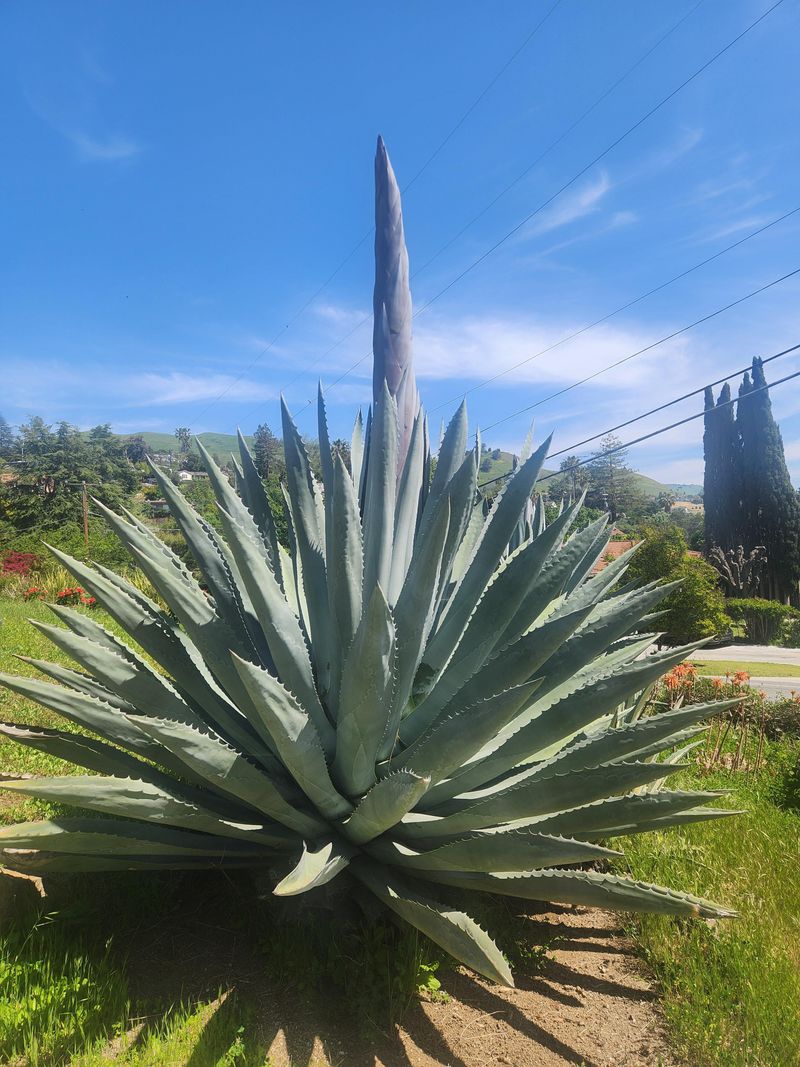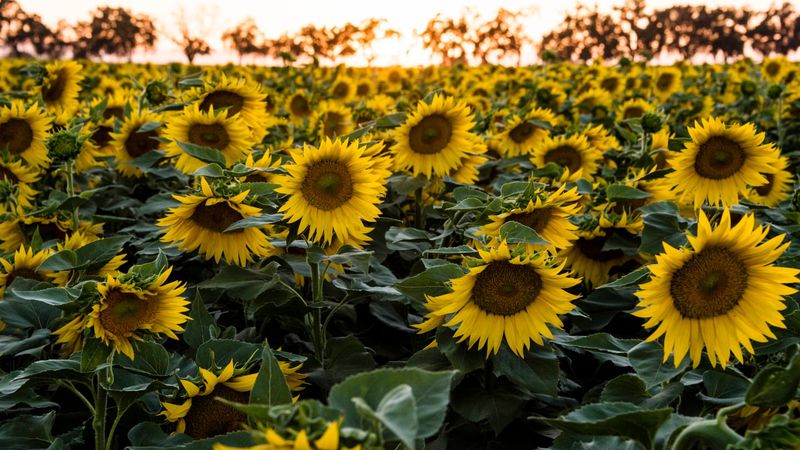You’ve been giving them sun—and they’ve been suffering in silence. While some plants bask in bright light, others prefer the cool embrace of shade.
In this guide, we’re busting some big gardening myths: 15 popular plants that thrive in the shadows (even though you thought they loved the spotlight) and 5 that genuinely need the sun to shine. Your garden—and your greenery—will thank you.
1. Impatiens: The Colorful Shade Champion
Commonly misplaced in sunny borders, impatiens actually thrive in cool, moist shade. Their vibrant blooms bring a splash of color to dark corners where few flowering plants perform well.
Morning sun is fine, but afternoon shade is essential to prevent wilting and scorching. Water regularly but avoid soaking the leaves, which can lead to disease problems.
With varieties in nearly every color except true blue, these easy-care plants keep flowering from spring until frost without deadheading.
2. Coleus: Foliage That Outshines Flowers
Despite often being sold in sunny garden centers, coleus plants perform their colorful best in partial to full shade. The vibrant foliage actually becomes more intense with less sunlight exposure.
Modern varieties offer a stunning array of patterns in purple, red, chartreuse, and copper tones. Regular pinching encourages bushier growth and prevents the somewhat unattractive flowers from forming.
Perfect for containers or garden beds, coleus creates instant impact with minimal care requirements beyond consistent moisture.
3. Begonias: Elegant Bloomers For Dark Corners
Surprising to many gardeners, most begonias actually prefer dappled shade rather than direct sunlight. Their delicate leaves and blossoms can easily burn in harsh afternoon rays.
Rex begonias showcase spectacular foliage with swirling patterns in silver, burgundy, and green. Tuberous varieties produce rose-like blooms that brighten shady spots from summer through fall.
Wax begonias, the most common type, handle more sun than their cousins but still appreciate protection during the hottest part of the day.
4. Fuchsia: Hanging Beauty For Sheltered Spots
Fuchsias often struggle when placed in sunny locations, developing scorched leaves and dropping their distinctive pendant blooms. These elegant plants naturally grow beneath forest canopies, preferring cool, moist conditions.
Their exotic-looking flowers dangle like delicate earrings in combinations of purple, pink, white, and red. Hummingbirds find them irresistible, making them perfect for shady patios.
Hardy varieties can survive winter in milder climates, while tender types make stunning seasonal hanging baskets in cooler regions.
5. Bleeding Heart: Spring’s Shadowy Sweetheart
Bleeding heart’s romantic, heart-shaped blooms seem too showy for shade, leading many gardeners to mistakenly plant them in sunny beds. In reality, these woodland natives thrive under tree canopies and along north-facing foundations.
The classic variety produces arching stems lined with pink heart-shaped flowers in spring. After blooming, the ferny foliage provides texture until it goes dormant in summer heat.
Modern varieties like ‘Valentine’ and ‘Gold Heart’ offer extended seasons of interest with brighter blooms or golden foliage.
6. Astilbe: Feathery Plumes For Moist Shade
Often incorrectly placed in sunny perennial borders, astilbes actually require protection from intense afternoon sun. Their feathery flower plumes rise above fernlike foliage in shades of pink, red, lavender, and white.
Unlike many shade plants, astilbes produce showy blooms that brighten dark corners from early to mid-summer. Their moisture requirements make them perfect companions for streamside plantings or rain gardens.
After flowering, the dried plumes add winter interest when left standing in the garden.
7. Heuchera: Colorful Foliage For Problem Spots
Commonly called coral bells, heucheras offer year-round color through their leaves rather than flowers. While often marketed as sun-lovers, most varieties actually perform better with protection from intense afternoon heat.
Modern breeding has created an astonishing range of foliage colors from lime green and amber to deep purple and nearly black. Small bell-shaped flowers on slender stems attract hummingbirds but remain secondary to the spectacular leaves.
Excellent for containers or front-of-border plantings, heucheras tolerate dry shade once established.
8. Japanese Forest Grass: Elegant Texture
Hakonechloa macra, commonly called Japanese forest grass, creates fountain-like drifts of elegant foliage in shady gardens. Contrary to many grasses that demand full sun, this Asian native evolved in forest understories.
The gold-variegated ‘Aureola’ variety brightens dark corners with its luminous striped leaves. Movement is part of its charm, as the slender blades respond to the slightest breeze with a gentle swaying motion.
Slow-growing but worth the wait, this grass pairs beautifully with hostas, ferns, and other woodland perennials.
9. Hydrangea: Big Blooms For Filtered Light
Many hydrangea varieties, especially the popular bigleaf types, actually prefer morning sun with afternoon shade rather than all-day brightness. Their large leaves wilt quickly in hot, direct sunlight.
The blue or pink mophead flowers create spectacular summer displays in woodland gardens or on the east sides of buildings. Soil pH influences bloom color, with acidic soils producing blue flowers and alkaline conditions yielding pink ones.
Oakleaf hydrangeas handle deeper shade than most, offering both summer flowers and fantastic fall color.
10. Hosta: Foliage Superstar For Deep Shade
While sometimes planted in sunny spots, hostas truly shine in the shadows where their lush foliage won’t scorch or fade. These hardy perennials come in sizes from tiny miniatures to massive specimens over three feet tall.
Blue-leaved varieties need the most shade to maintain their distinctive coloring. Gold and variegated types can handle more light but still appreciate protection from harsh afternoon sun.
Beyond their beautiful leaves, many hostas produce surprisingly fragrant lavender or white flowers on tall stalks that attract hummingbirds and bees.
11. Brunnera: Heart-Shaped Leaves With Blue Blooms
Brunnera macrophylla, sometimes called Siberian bugloss, thrives in woodland settings rather than sunny borders. Its heart-shaped leaves create a lush groundcover beneath trees and shrubs.
Silver-variegated varieties like ‘Jack Frost’ practically glow in deep shade, brightening dark corners all season long. Clusters of tiny blue flowers resembling forget-me-nots appear in spring, hovering above the attractive foliage.
Deer and rabbit resistance adds to the appeal of this low-maintenance perennial that spreads slowly to form elegant colonies.
12. Toad Lily: Exotic Blooms For Late Season
Toad lilies (Tricyrtis) produce orchid-like spotted flowers in fall when most shade gardens have finished blooming. Their unusual appearance often leads gardeners to assume they need bright light like other exotic-looking plants.
Native to shady Asian forests, these perennials actually perform best with protection from direct sun. The speckled purple, white, or yellow blooms appear along arching stems amid attractive lance-shaped leaves.
Plant them where their intricate flowers can be appreciated up close, such as along woodland paths or near garden seating areas.
13. Foxglove: Vertical Drama For Dappled Light
Wild foxgloves naturally grow at forest edges rather than in open meadows, making them perfect for gardens with filtered light. Their tall spires of tubular flowers create dramatic vertical interest in partly shaded borders.
Bumblebees love to visit the speckled throats of these bell-shaped blooms. While technically biennial, foxgloves self-seed readily, creating ongoing displays in undisturbed areas.
Modern perennial varieties like Digitalis ‘Polkadot’ series return reliably year after year, offering the same cottage garden charm with less maintenance.
14. Lamium: Silver-Leaved Ground Cover
Spotted dead nettle (Lamium) brightens shady ground with silvery, variegated foliage that looks almost illuminated in dark corners. Often mistakenly planted in sunny spots, it actually performs best with protection from intense light.
Low-growing and spreading, lamium quickly forms weed-suppressing mats beneath trees and shrubs. Pink, purple, or white flowers appear in spring, attracting early pollinators to the garden.
Drought-tolerant once established, this adaptable ground cover handles challenging conditions like dry shade where few other plants survive.
15. Hellebore: Winter Bloomer For Woodland Gardens
Hellebores, sometimes called Lenten roses, produce elegant cupped flowers during winter and early spring when most gardens lie dormant. Despite their robust appearance, they evolved in forest settings rather than open meadows.
Modern varieties offer blooms in shades from pure white to deep burgundy, often with intricate spotting or picotee edges. Their leathery, evergreen foliage provides structure all year in shade gardens.
Extremely long-lived, hellebores form impressive clumps that can thrive undisturbed for decades beneath deciduous trees.
16. Lavender: Mediterranean Sun-Seeker
Unlike the shade-lovers above, lavender absolutely requires full, direct sunlight to develop its intense fragrance and compact form. Native to the sun-baked hills of the Mediterranean, these aromatic shrubs struggle in even partial shade.
Without at least 6-8 hours of direct sun daily, lavender plants become leggy, produce fewer flowers, and become susceptible to fungal problems. Well-draining soil is equally important, as roots quickly rot in damp conditions.
Plant lavender in your sunniest, driest location for the best display of silver foliage and purple blooms.
17. Roses: Queens Of The Sunny Garden
Despite some varieties tolerating partial shade, most roses truly need full sun exposure to reach their flowering potential. Without at least 6 hours of direct sunlight daily, these beloved shrubs produce fewer blooms and develop disease problems.
Morning sun is particularly important for roses, as it helps dry dew from the leaves, preventing black spot and powdery mildew. Good air circulation further reduces disease pressure in sunny locations.
For shady spots, consider shade-tolerant alternatives like astilbe or toad lily rather than struggling with underperforming roses.
18. Echinacea: Prairie Native For Open Spaces
Coneflowers evolved in the open prairies of North America, making them true sun-worshippers rather than shade plants. Their daisy-like blooms with distinctive central cones need full sun to stand tall and flower abundantly.
When planted in shade, echinacea becomes stretched and floppy, producing fewer flowers on weaker stems. The plants also become more susceptible to diseases like powdery mildew without proper air circulation.
Modern breeding has created varieties in nearly every color, but all share the same requirement for open, sunny locations.
19. Agave: Desert Dweller For Sunniest Spots
Agaves store water in their thick, fleshy leaves to survive the harsh desert conditions of their native habitats. These architectural succulents absolutely require full sun exposure to maintain their compact, symmetrical form.
Without intense sunlight, agaves stretch toward light sources, losing their distinctive rosette shape and becoming vulnerable to rot. Excellent drainage is equally important, as soggy soil quickly leads to root death.
Place these dramatic plants in your garden’s hottest, driest location for the best display of their blue-gray or variegated foliage.
20. Sunflower: The Ultimate Light Chaser
True to their name, sunflowers track the sun’s movement across the sky, literally turning their faces to follow the light. These cheerful annuals need unobstructed sun exposure to develop their massive flower heads and reach their full height potential.
When planted in shade, sunflowers grow weak, spindly stems that often topple over before blooming. Their famous seed production also suffers without full sun, resulting in smaller heads with fewer viable seeds.
For best results, plant sunflowers in your garden’s most open, sunny location, away from buildings and trees.


